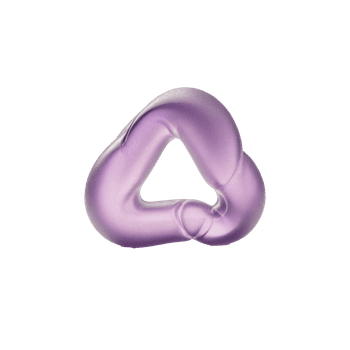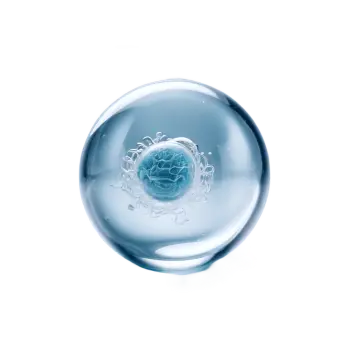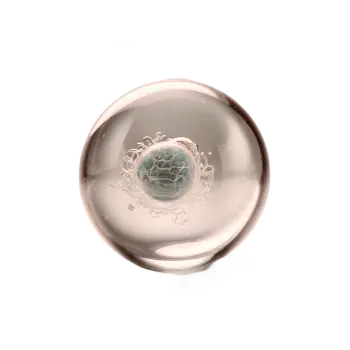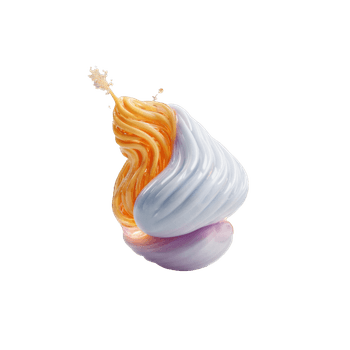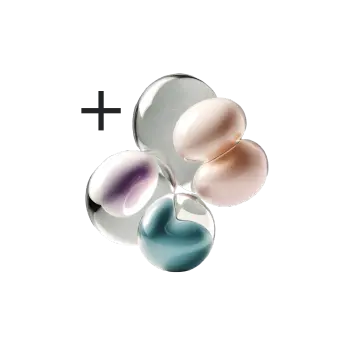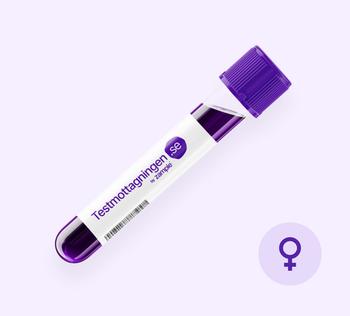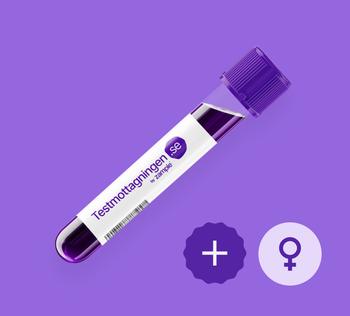What is estradiol?
Estradiol is also involved in the regulation of bone development, mood swings, and skin health. Too high or low levels of estradiol can cause health problems and sometimes need to be treated with hormonal drugs.
What is the function of estradiol in men?
Men also have a certain amount of estradiol in their bodies. Estradiol is a form of estrogen, which is a female sex hormone, but it is also found in the human body. Estradiol is produced in smaller amounts by the testes, adrenal glands and in adipose tissue in men, and plays an important role in the regulation of spermatogenesis and bone mass.
Why analyze estradiol?
It may be appropriate to analyze estradiol when you want to investigate hormonal problems or to monitor treatments related to the reproductive system or hormonal diseases. Some examples of situations when it may be appropriate to measure estradiol levels include:
- Infertility - to assess ovarian function and hormonal changes that affect ovulation and pregnancy.
- Menstrual cycle problems - to assess and diagnose causes of irregular periods, PMS and other cycle-related complaints.
- Breast cancer - to assess the hormonal influence on breast cancer and to monitor treatment.
- Menopause - to assess hormonal changes that accompany menopause, including diseases such as osteoporosis.
- Hormone-producing tumors - to detect and monitor hormone-producing tumors.
What can low levels of estradiol mean?
Low levels of estradiol may mean low or no ovarian activity, which may be related to conditions such as prepubertal, postmenopausal, birth control pill use, or ovarian insufficiency.
What can high levels of estradiol mean?
High levels of estradiol may indicate increased ovarian activity, which may be related to conditions such as preovulatory, follicular persistence, pregnancy, pronounced liver damage in men or hormone-producing tumors (however, this is rare).
Reference interval
Women:
Follicular phase: 70 - 530 pmol/L
Midcycle phase: 230 -1300 pmol/L
Luteal phase: 200 - 790 pmol/L
Postmenopause: < 120 pmol/L
During puberty:
Tanner-Stage 1: < 230 pmol/L
Tanner-Stage 2-4: < 800 pmol/L
Tanner Stage 5: 80 - 1100 pmol/L
Men: < 150 pmol/L
During puberty:Tanner-Stage 1-2: < 110 pmol/L
Tanner-Stage 3-4: < 200 pmol/L
Tanner-Stage 5: < 250 pmol/L
About ovarian activity and ovarian insufficiency
Ovarian activity refers to the activity of the ovaries, including the production and maturation of eggs. The ovaries are an important part of the female reproductive system and are responsible for the production of female sex hormones, including estradiol. Normal ovarian activity is necessary for the regulation of the menstrual cycle and ovulation, as well as for healthy reproduction. Low ovarian activity can cause infertility, irregular periods and other hormonal problems. High ovarian activity can cause problems such as cysts and excessive production of sex hormones.
Ovarian insufficiency is a condition in which the ovaries do not work properly and produce too little hormones, including estrogen. This can lead to impaired egg production, menstrual dysfunction and impaired fertility. Ovarian insufficiency may be associated with age-related menopause, genetic factors, or treatments such as radiation therapy or chemotherapy.
What is preovulatory?
Preovulatory refers to the phase of the menstrual cycle that takes place before the egg is released from the ovary. During this phase, levels of follicle-stimulating hormone (FSH) increase, which stimulates the development of a follicle in the ovary. When the follicle has reached a certain size, the levels of luteinizing hormone (LH) increase, which causes the follicle to rupture and release the egg (ovulation). Preovulatory levels of estradiol are high because it is the hormone-producing tissue in the follicle that increases production of estradiol at this time.





















